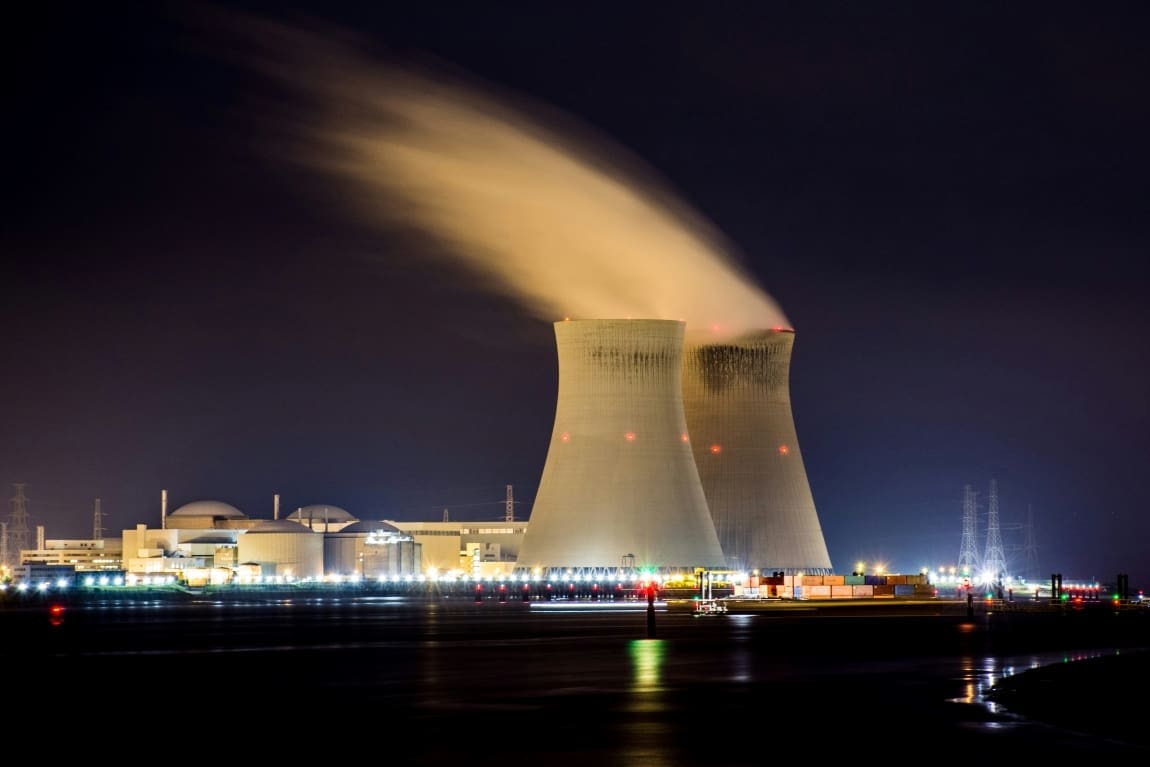The most comprehensive coal-to-nuclear analysis to date could help policymakers and utilities plan how to meet climate targets.
An assessment ranks the feasibility of converting 245 operational coal power plants in the U.S. into advanced nuclear reactors, providing valuable insights for policymakers and utilities to meet decarbonization goals, according to a new study by University of Michigan researchers.
The R M Schahfer coal plant in Indiana emerged as the most feasible smaller electric capacity site, generating 1,000 megawatts electric (MWe) or less, while the AES Petersburg plant in Indiana was top-ranked among the larger electric capacity sites, having generation capacity greater than 1,000 MWe.
“With no new coal plants planned and many utilities aiming to retire all coal power plants within 15 years in the U.S., transitioning to cleaner energy sources is crucial,” said Md Rafiul Abdussami, a doctoral student of nuclear engineering and radiological sciences at U-M and corresponding author of the study published in Energy Reports.
In 2022, coal plants in the U.S. accounted for 20% of energy generation and 55% of power sector CO2 emissions. Nuclear power can generate the same stable base load of energy as coal but with zero carbon emissions.
Rather than establishing new sites, transitioning operational coal plants to nuclear plants can save time and money by using existing equipment like transmission lines and power system components. Surrounding communities also stand to benefit from the transition, retaining jobs and tax bases as coal plants are phased out.
“This data set can support economic revitalization plans in regions affected by coal plant closures and provide information for engagement efforts in coal communities considering hosting clean energy facilities,” said Aditi Verma, an assistant professor of nuclear engineering and radiological sciences at U-M and senior author of the study.
To address the intricate interplay of socio-technical and economic factors when selecting sites to repurpose coal plants, the researchers used a tool called Siting Tool for Advances Nuclear Development. This tool allows users to optimize socioeconomic factors, safety and proximity – for instance, nearby population, transportation infrastructure – while selecting feasible locations.
The tool’s ability to evaluate multiple sites simultaneously while balancing a suite of objectives offers a more scalable and robust analysis than previous studies, which focused on a few specific plants.

Credit: Md Rafiul Abdussami, Fastest Path to Zero, University of Michigan
Results revealed a broad spectrum of suitability levels and tradeoffs across different locations, highlighting both the feasibility and complexity of transitioning from coal to nuclear capacity. For the smaller electric capacity group, the feasibility score ranged from 51.52 to 84.31 out of 100 with a median of 66.53. The larger electric capacity group ranged in feasibility scores from 47.29 to 76.92 with a median of 63.97.
Regional attributes like energy prices and nuclear policies strongly influenced suitability.
The Department of Energy, states and electric utilities across the country are currently exploring the potential of transitioning away from coal to cleaner sources of energy. These findings provide valuable insights for both policymakers, developing strategies and regulations, and utilities, planning investments and timing for a smooth coal-to-nuclear transition while maintaining grid reliability.
“My hope is that this work, which looks at the potential for coal-to-nuclear transitions in a very granular way, for each coal plant across the country, can inform the national and state-level conversations that are unfolding in real time,” Verma said.
***
The work is sponsored by the Department of Energy Office of Nuclear Energy under project number (DE-NE0009382), funded through the Nuclear Energy University Program (NEUP).
The Geographical Information Systems (GIS)-based tool was collaboratively developed by the University of Michigan, Argonne National Laboratory, Oak Ridge National Laboratory and the National Reactor Innovation Center.
More information: Muhammad R. Abdussami, Kevin Daley, Gabrielle Hoelzle, Aditi Verma,
‘Investigation of potential sites for coal-to-nuclear energy transitions in the United States’, Energy Reports (vol. 11 pp. 5383-5399; 2024); DOI: 10.1016/j.egyr.2024.05.020. U-M Press Release / Material. Featured image credit: Nicolas HIPPERT | Unsplash




